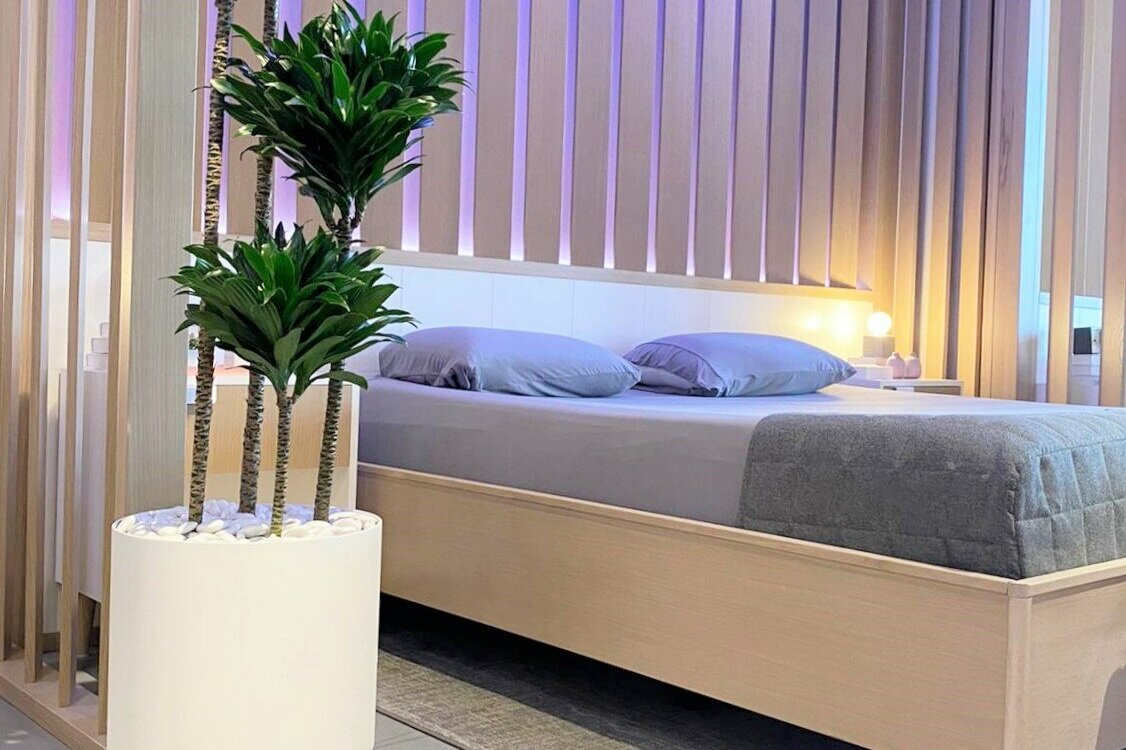Your 2020 Resolution: A Green Thumb
Advice from a Horticulture Technician
Expert Advice for Plant Lovers
“My house plant looked great last year, but now it’s looking sad. I water it like I always do, so what happened?”
The New Year brings new hope. Taking better care of your plants is an excellent goal for 2020 and will reward you with lush foliage for years to come. The plant technicians at Greens ‘N Things are often asked by clients about the care of their plants at home. We enjoy sharing a passion for plants, but likely don’t have enough time to delve fully into the specifics while attending to the office plants. On this blog, we can really ‘dig-in’ to assess and address common plant problems…
Winter Care for House Plants
Winter season is especially challenging for indoor plants: heat blasts out of vents, daylight is shorter by several hours, and frigid air blows in from open doors. Many house plants are native to the tropics, and they acclimate nicely to our indoor spaces...most of the year. But winter poses extra stress to our leafy friends and the care for them must be altered according to a plant’s environmental needs.
Here are common problems plants are subjected to in winter and the care required to keep them happy and healthy this season, giving your green thumb a great start to the year:
Water:
The Problem: Different seasons require different watering habits. Winter is a season of rest for houseplants. Phototropic action slows down with fewer daylight hours and cooler temperatures. As such, a plant’s need for water in the winter months will be less often. Plants should be watered based on the needs of its specific variety, and its environment, not on a set interval of days.
The Fix: Here’s a simple way to see if a plant needs water: Check the soil for moisture at the bottom of the pot where the majority of roots reside, by using a soil probe. If the soil is dry at the bottom of the pot, then slowly add enough water to thoroughly moisten the soil, until it runs out the bottom drainage holes.
Temperature & Humidity:
The Problem: House plants suffer when exposed to cold air from doors opening or even sitting near chilly window sills. Likewise, central heating creates undesirable micro-climates: Hot air directly on a plant will not only cause it stress, but tropical houseplants are not acclimated to handle an ultra-dry atmosphere.
The Fix: Group plants together away from rapid air temperature changes, or relocate them temporarily out of such conditions. Make sure they have similar or better light in their new location.
Light:
The Problem: Indoor house plants with insufficient light throughout winter can show signs of etiolation: weakened stems, and undersized leaves that are pale or widely spaced, while older leaves will yellow and drop.
The Fix: During the shortened days of winter, moving plants to a room with the most natural light, typically a south or west facing room or one with large skylights, is a welcomed change. Otherwise, supplementing with artificial light to give plants a total of 12-16 hours of light each day, is beneficial. LED grow lights have become widely available online and are now an affordable option. Otherwise, move your plant to a spot where a light can be turned on after sunset, or during overcast days. Fluorescent bulbs are a source of cool white wavelengths that promote green foliage and branching. Incandescent bulbs are the least beneficial, but still high in orange-red wavelengths, which can be helpful for flowering plants. Caution: be sure the warm bulb is not so close to scorch the plant!
Final Thoughts: Although plants need specific help in these cooler months, their care will take less time overall because they will require less frequent watering. Also, hold off on fertilizing until spring, when more daylight will naturally stimulate new growth.
For greater success, choose plants that require less light. Check the tags on the plants when you shop, and choose those that are ‘low light’, such as Snake plants and pothos. Incidentally, winter is a great time to visit a nursery’s indoor selection, to get a wonderfully warm break from the stark landscape outdoors, but be sure to wrap your purchases to protect from cold air during transport.
Of course, the best way to insure lush greenery in your home all year, without any hassle, is to have our team at Greens ‘N Things design, install, and maintain plants in your home or office. We are happy to help!
Greens ‘N Things 208-343-1787
by T.E. Bonstrom
